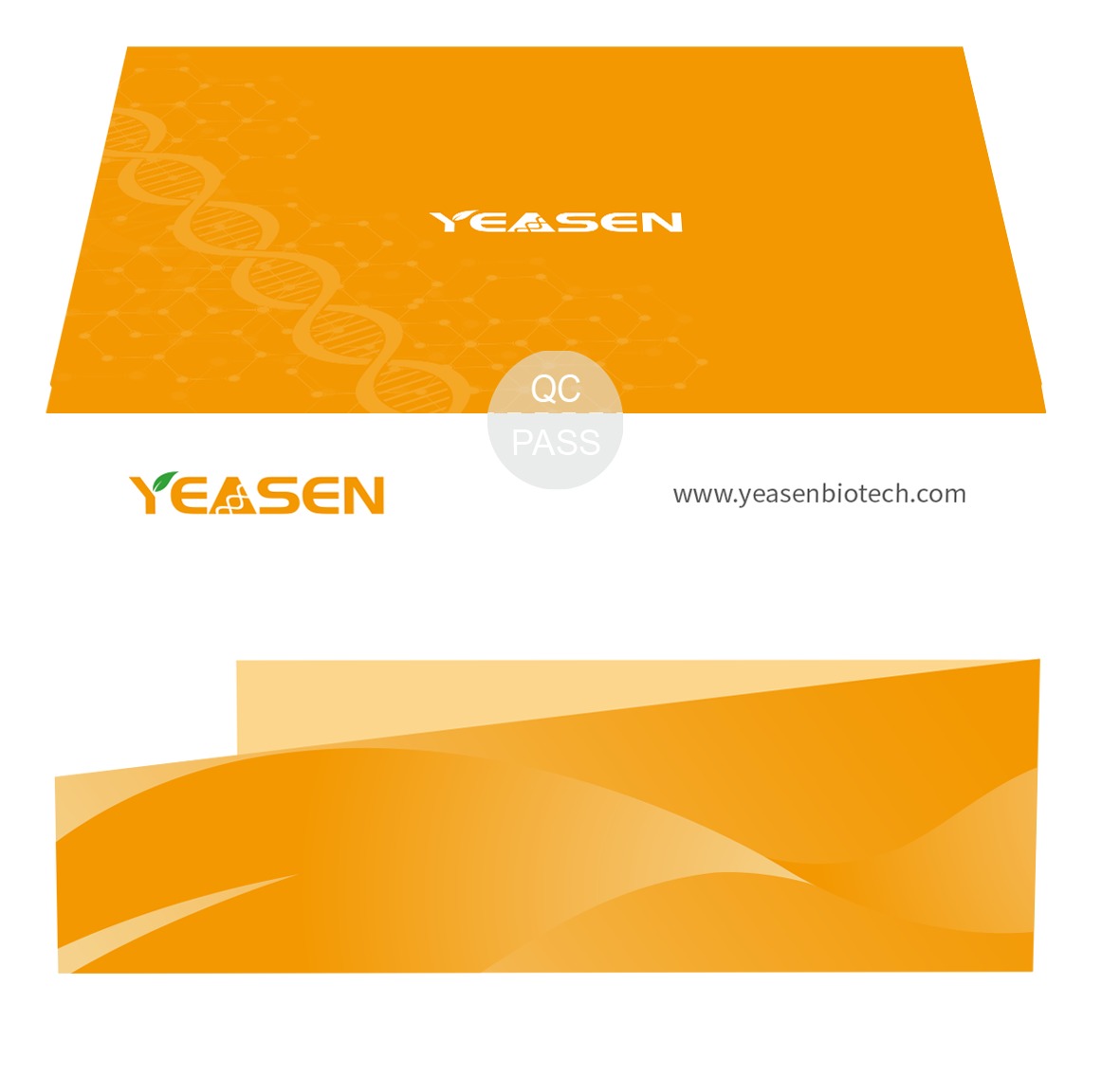efficient RNA synthesis is a cornerstone of research and development. The tools used for this process must meet rigorous standards to ensure accuracy and effectiveness. One of the latest innovations in this field is a transcription buffer designed to enhance the in vitro synthesis of RNA. This buffer not only adheres to high manufacturing standards but also offers a range of features that significantly improve research outcomes.
The New Standard in Transcription Buffers
The transcription buffer in question is formulated to provide an optimal environment for RNA polymerases, essential for converting DNA into RNA. Here’s an in-depth look at this product and how it stands out in the field:
- Manufacturing Excellence: Produced according to GMP (Good Manufacturing Practice) guidelines, this buffer ensures top-notch quality control and consistency. GMP standards are critical in guaranteeing that the buffer performs reliably across different batches, which is crucial for reproducibility in scientific experiments.
- Optimized Composition: The buffer is crafted with a precise blend of buffer salts, reducing agents, and magnesium ions. Each component plays a specific role in supporting RNA polymerase activity, ensuring that the transcription process occurs smoothly and efficiently. This careful balance helps in achieving higher RNA yields and better quality.
- Versatile Packaging: Researchers have the option to choose from various volumes—1 mL, 10 mL, 25 mL, and 500 mL. This flexibility allows for easy adaptation to different scales of experimentation, from small lab setups to extensive research projects, without the need for multiple products.
- Storage and Stability: For long-term use, the buffer is stable at temperatures between -25℃ and -15℃. This ensures that the buffer remains effective over time, provided it is stored correctly. Proper storage helps in maintaining the buffer’s integrity and performance throughout its shelf life.
- Handling and Safety: Delivered in a liquid form, the buffer is user-friendly and integrates seamlessly into research workflows. However, for safety, researchers are advised to wear appropriate personal protective equipment (PPE), such as lab coats and gloves, during handling to prevent exposure and contamination.
Impact on RNA Research
The introduction of this advanced transcription buffer represents a significant leap forward in RNA research tools. By offering a high level of quality and precision, it supports a wide range of applications, including gene expression studies, synthetic biology, and molecular diagnostics. This buffer enhances the reliability and efficiency of RNA synthesis, contributing to more accurate and reproducible research outcomes.

10× Transcription Buffer 2 GMP-grade
This product is an optimized transcription buffer and is efficient for in vitro synthesis of RNA. This product is mainly composed of buffer salts, reducing agents, and magnesium ions required for enzyme proteins.
This product is produced by GMP regulations and provided in liquid form.